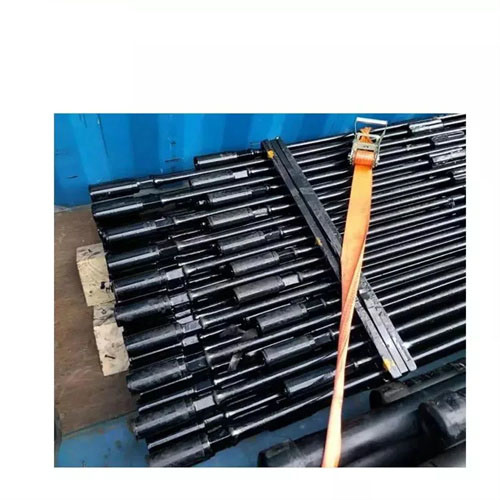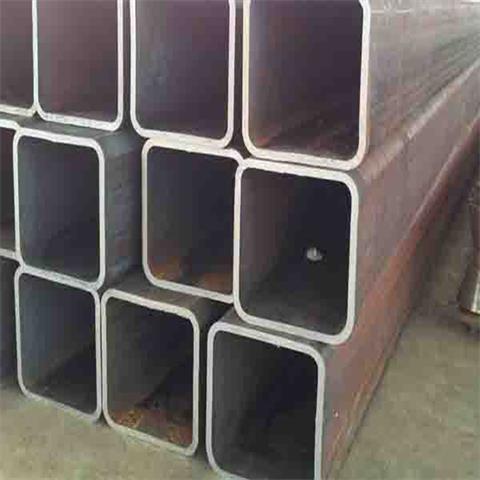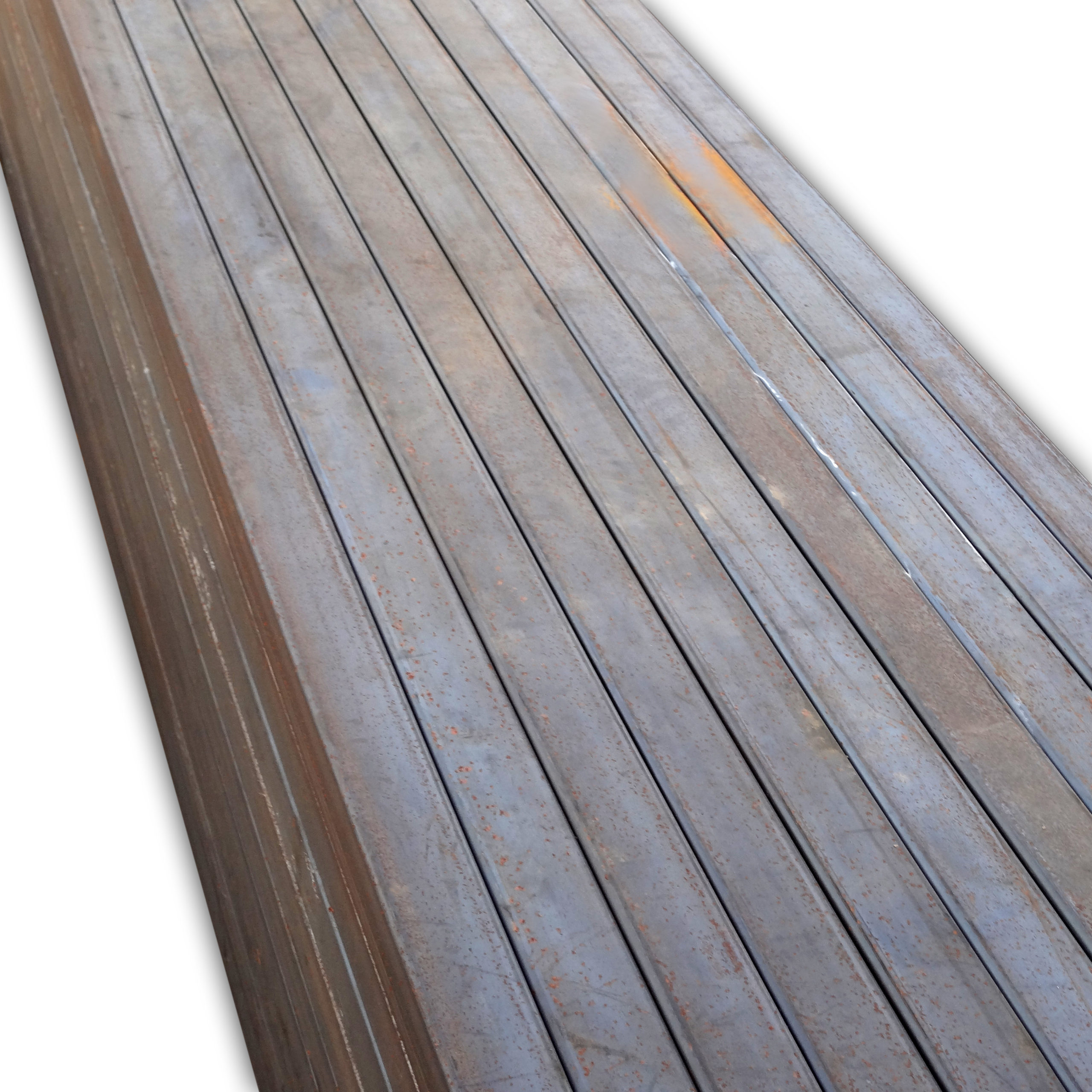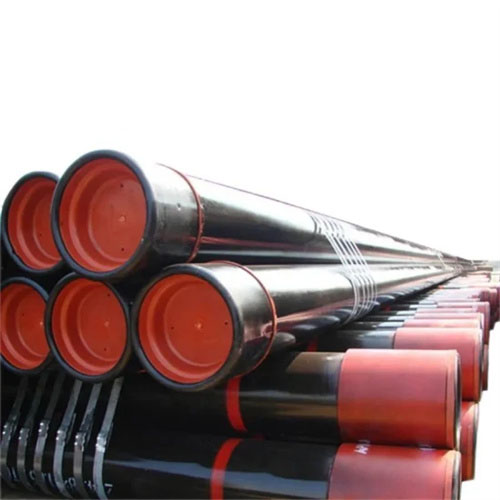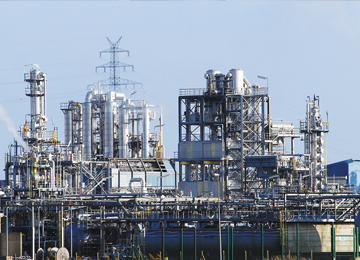Advantages of Using Seamless Pipe in Industrial Applications
Seamless pipes are a type of pipe that is manufactured without any Welding seam. This means that the pipe is made from a single piece of metal, which results in a smooth and uniform surface. Seamless pipes are commonly used in industrial applications where high pressure, high temperature, or corrosive environments are present. There are several advantages to using seamless pipes in these types of applications.
One of the main advantages of seamless pipes is their strength. Because seamless pipes are made from a single piece of metal, they are able to withstand higher pressures than welded pipes. This makes seamless pipes ideal for applications where the pipe will be subjected to high pressure, such as in the Oil and gas industry.
Another advantage of seamless pipes is their ability to resist corrosion. Because seamless pipes do not have any welding seams, there are no weak points in the pipe where corrosion can occur. This makes seamless pipes ideal for use in corrosive environments, such as in chemical processing plants or offshore oil rigs.
In addition to their strength and Corrosion resistance, seamless pipes also have a smooth interior surface. This smooth surface reduces friction within the pipe, which can help to improve the flow of fluids through the pipe. This is particularly important in applications where the flow of fluids is critical, such as in the pharmaceutical or food processing industries.
Seamless pipes are also easier to install than welded pipes. Because seamless pipes are made from a single piece of metal, there are no welding seams that need to be inspected or tested. This can help to reduce the time and cost of installation, making seamless pipes a cost-effective option for many industrial applications.
pipes and tubesOverall, seamless pipes offer a number of advantages over welded pipes in industrial applications. Their strength, corrosion resistance, smooth interior surface, and ease of installation make them an ideal choice for applications where high pressure, high temperature, or corrosive environments are present. Whether you are working in the oil and gas industry, chemical processing, pharmaceuticals, or food processing, seamless pipes can provide the reliability and performance you need to get the job done.
How to Choose the Right Seamless Pipe for Your Project
Seamless pipes are a crucial component in various industries, including oil and gas, construction, automotive, and manufacturing. These pipes are known for their high strength, durability, and resistance to corrosion, making them ideal for transporting fluids and gases under high pressure and temperature conditions. When it comes to choosing the right seamless pipe for your project, there are several factors to consider to ensure optimal performance and longevity.
One of the key considerations when selecting a seamless pipe is the Material it is made from. Common materials used for seamless pipes include Carbon steel, Stainless steel, and Alloy steel. Each material has its own unique properties and is suitable for different applications. Carbon steel seamless pipes are cost-effective and have good Mechanical properties, making them ideal for general-purpose applications. Stainless steel seamless pipes are highly resistant to corrosion and are often used in industries where hygiene and cleanliness are essential, such as food processing and pharmaceuticals. Alloy steel seamless pipes are known for their high strength and resistance to high temperatures, making them suitable for applications in the oil and gas industry.
Another important factor to consider when choosing a seamless pipe is the size and thickness. Seamless pipes come in a variety of sizes and thicknesses to accommodate different pressure and temperature requirements. It is essential to select a pipe size and thickness that can withstand the operating conditions of your project to prevent leaks, ruptures, and other potential issues. Consulting with a professional engineer or pipe supplier can help you determine the appropriate size and thickness for your specific application.
In addition to material, size, and thickness, the manufacturing process of seamless pipes also plays a significant role in their quality and performance. Seamless pipes are produced using a process called hot extrusion or cold drawing, which involves shaping a solid billet of metal into a hollow tube without any seams. This seamless manufacturing process results in pipes with uniform Wall thickness and superior mechanical properties compared to welded pipes. When choosing a seamless pipe for your project, it is essential to ensure that it has been manufactured using high-quality materials and processes to guarantee its reliability and longevity.
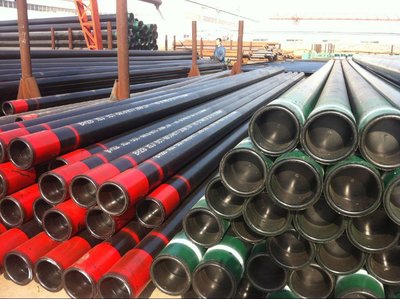
Furthermore, considering the end connections of seamless pipes is crucial when selecting the right pipe for your project. Seamless pipes can be supplied with various types of end connections, such as threaded, plain, or beveled ends, depending on the application requirements. Threaded ends are commonly used for connecting pipes with fittings, while plain ends are suitable for welding or Flange connections. Beveled ends are often used for butt welding applications. Choosing the appropriate end connections for your seamless pipe is essential to ensure a secure and leak-free connection that meets the specific needs of your project.
In conclusion, selecting the right seamless pipe for your project involves considering various factors, including material, size, thickness, manufacturing process, and end connections. By carefully evaluating these factors and consulting with industry experts, you can choose a seamless pipe that meets your project requirements and ensures optimal performance and durability. Investing in high-quality seamless pipes will not only enhance the efficiency and reliability of your project but also contribute to its long-term success.

